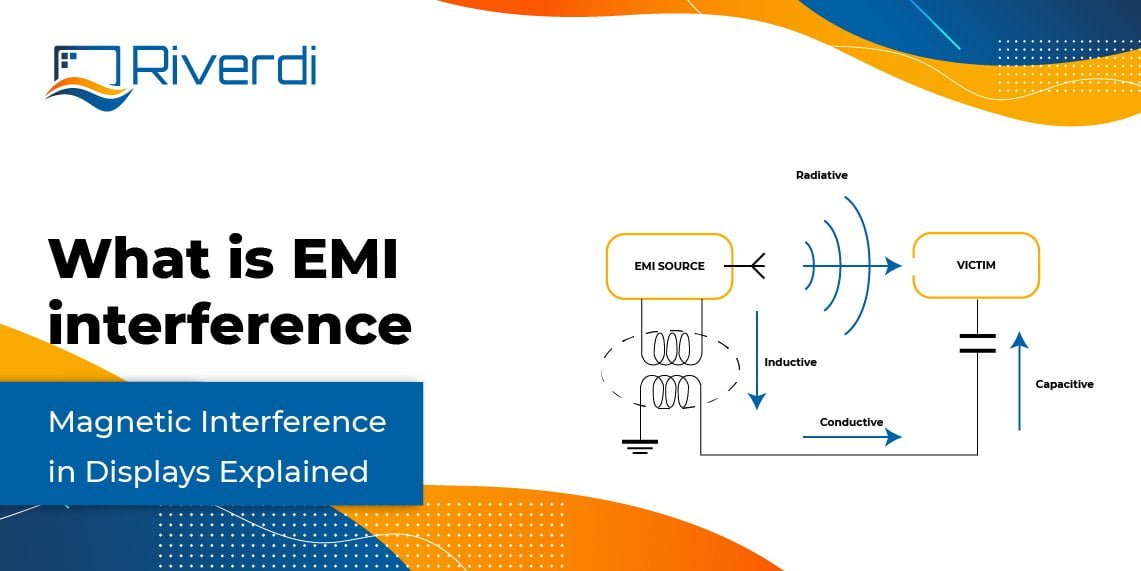What power cables do you prefer, what do you think of Isoket for example?
I own 2 of the older Yello powers in yellow nylon braid, they were the first cables I purchased pre-owned from eBay and triggered me down the RA path. They are an improvement over standard IEC leads, I have some active studio monitors, and a Yello power on one monitor, and a standard IEC on other monitor will unbalance the sound. I also own 8TC high power, reference and Powerkord 300, these are better then the Yellos, again I buy all my cables pre-owned. My Yello powers are currently not in use, that's only due to having better cables available.
As a side note, I own some Audioquest power cables that I purchased in a PeterTyson clearance with around 80% off, my Audioquest cables are NRG-2 and NRG-X2. They are very well made and look the part in the spec's, they use twisted cables to provide some shielding, however they are not as good as even RA Yello powers, I make this point to highlight not all power cables are the same. If I had tried these Audioquest first I might not have continued the path I went down.
I use the Silencer's close to sources of noise, they benefit but the effect is subtle when used like this. I own an RA powerblock, RA mini purifiers, and mega clamps. It's the totality of everything combined that makes the greatest difference. My audio is the best it's ever been, yet I never changed any speakers or components.
I also use some RA 8TC High Power cables on computer monitors, as the noise reduction from using the cables improves picture quality. I'm a software dev and look at triple screens, the improvement from the cables is subtle but it's there.



 your return current for low frequency may be a completely different path to high frequency riding on it (and that may be through IC chips way off the beaten track!):
your return current for low frequency may be a completely different path to high frequency riding on it (and that may be through IC chips way off the beaten track!):

